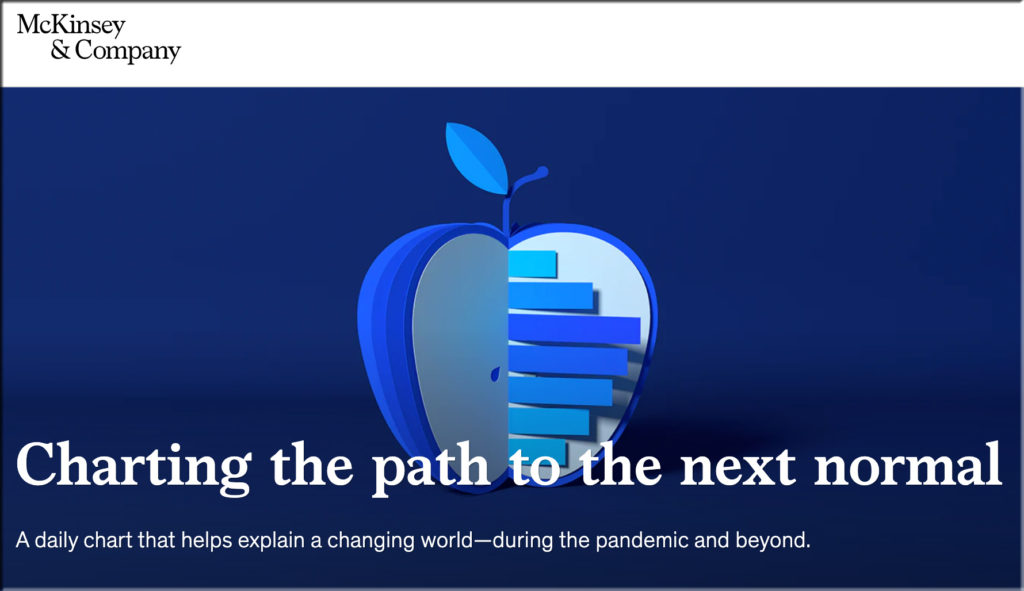US Department of Labor announces availability of $55M in grants to provide pre-release training, employment services to incarcerated people
Funding aims to improve employment opportunities, meet needs of local labor market
WASHINGTON – Each year, state prisons release approximately 573,000 people who need the resources and support to re-enter and find stable employment in their communities successfully.
Pre-release services have proven to help reduce the likelihood that formerly incarcerated people will return to prison and help these individuals fully reintegrate into their communities. To support this effort, the U.S. Department of Labor today announced the availability of $55 million in Pathway Home 3 Grants that seek to reduce barriers to employment by providing training and employment services to incarcerated individuals before their release from state correctional facilities, or county or local jails. Funds will also support continued comprehensive services post-release.
Authorized by the Workforce Innovation and Opportunity Act, Pathway Home 3 Grants will fund projects to serve adults convicted under federal, state or local law and who are scheduled for release within 20 to 270 days from the time they enroll in the project.
The department’s Employment and Training Administration will award up to 15 grant projects – ranging from $1 million to $4 million each – to teach returning citizens foundational skills such as job readiness and job search strategies, and to provide apprenticeships and occupational training leading to industry-recognized credentials.
Organizations seeking grants must partner with a state correctional facility or a local or county jail. Applicants are encouraged to collaborate with employers, industry organizations or union partners to commit to providing work experience, onsite job-related mentoring and post-release employment opportunities for participants. Successful applicants will provide training that leads to in-demand skills to meet the needs of local employers.
Building on the findings from the Linking Employment Activities Pre-Release implementation study, the grants are designed to help eliminate the time gap between release from prison and enrollment into a workforce development reentry program leading to skills-based employment.
Learn more about the Department of Labor’s Reentry Employment Opportunities program.














